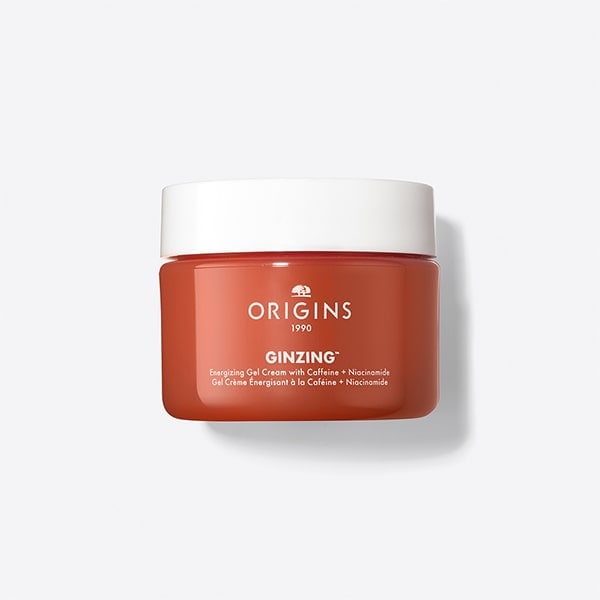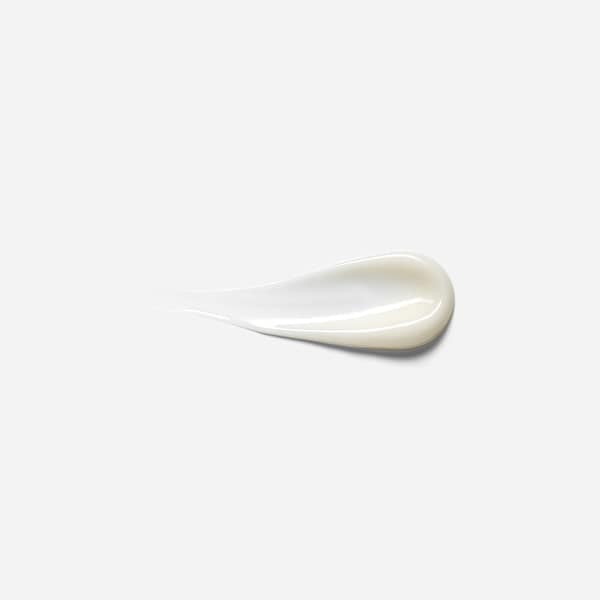WHAT IS SKIN FLOODING & WHY YOU MAY WANT TO TRY IT
Social media has us Double Cleansing, Skin Cycling and Slugging. And now, it wants us to start Skin Flooding. The viral social media trend, which emphasizes hydration, is overflowing our feeds with tutorials of people piling on the moisture. “Skin Flooding is a process where you moisturize your skin in a specific order for maximum hydration. It’s a more tactical approach to moisturizing,”says Lizz Starr, Executive Director of Product Development at Origins. If you’re feeling the urge to submerge, or you’re simply curious about the buzzy skincare trend, read on for the deluge of details on Skin Flooding.
What Is Skin Flooding?
If you deconstruct the name of this popular social media trend, the purpose is clear: hydrate, hydrate, hydrate. Skin flooding is a technique that involves layering products in a particular order to provide deeper, longer-lasting hydration. The routine requires a cleanser, serum and moisturizer, with the star of this skin tsunami being the serum.
What Are the Benefits of Skin Flooding?
Hydrated, or flooded, skin has a host of benefits—from increased hydration and enhanced radiance to softer, smoother texture.
Increases Hydration
The number one benefit of Skin Flooding is hydration. Applying a serum or moisturizer with a moisture-binding humectant provides your skin with a surge of moisture. Applying a second layer helps to lock it all in, resulting in skin that looks and feels comfortably hydrated. “Anytime you add moisture to your skin, you help support your skin’s hydration,” says Starr.
Skin Barrier Support
Another benefit of Skin Flooding is barrier support. Your barrier, sometimes referred to as a “moisture barrier” or the “stratum corneum,” is the outermost layer of your skin, which protects against transepidermal water loss and skin-sabotaging pollutants. When your barrier is compromised, your skin becomes more vulnerable to visible dryness, irritation and aging. A surge in hydration from a technique like Skin Flooding can help replenish moisture and support your skin’s barrier.
Enhances Radiance
When your skin is dry or dehydrated, it can appear dull. Adding a layer (or two) of hydration can help restore skin’s radiance. “Moisturizers are formulated to help boost skin hydration. And when skin is hydrated, it can appear more radiant,”notes Starr.
Plumper-Looking Skin
Dehydrated skin can not only lose its luster, but also its bounce. Imagine a balloon full of water—it looks full and plump. If you poke a small hole in that same balloon, water slowly seeps out and the balloon loses its fullness. Adding moisture to dehydrated skin can help plump skin so it appears more full. It gives skin a more youthful look.
Is it For All Skin Types?
Skin flooding is a technique that can be practiced by all skin types, however it’s most beneficial for skin that looks dull, dry and dehydrated. Sensitive skin can also benefit from Skin Flooding as the boost in moisture can help support the moisture barrier. Oily skin can also Skin Flood (oily skin needs moisture, too!), but this skin type could limit their drench-sesh to once or twice a week, or as needed.
How do you Skin Flood?
Skin Flooding is as easy as one, two, three—and maybe four. The Skin Flooding process is essentially a regimen, hyper-focused on maximum hydration. Here’s our favorite way to flood:
1.) Cleanse: An essential step in any regimen, including the Skin Flooding routine. For this, we love our Checks And Balances™ Milly Oil Cleanser + Makeup Melter. It’s a gentle cleanser-and-makeup-remover-in-one that helps dissolve impurities and long-wear mascara with Rice Oil and Almond Oil. Ingredients like Squalane and plant-derived Glycerin help soften skin.
2.) Serum 1: This is when you introduce a humectant like Hyaluronic Acid. Hyaluronic Acid can bind its weight in water, making it the ideal ingredient for Skin Flooding. A great choice here is our Mega-Mushroom Advanced Face Serum, which includes Hyaluronic Acid to help attract and bind moisture to skin. As part of the Skin Flooding technique, it’s recommended to apply your serum after cleansing, and when your skin is still damp. “Hyaluronic Acid is a moisture magnet so applying it to damp skin means it’s going to lock in satisfying moisture,” says Starr.
3.) Serum 2 (optional): Applying a second serum is optional, but fans of the Skin Flooding trend say it’s highly beneficial and should include Niacinamide. Why? Because Niacinamide helps improve skin hydration, boost skin’s barrier function, and encourage a healthy glow. Our favorite Niacinamide-infused serum is Plantscription™ Multi-Powered Youth Serum, to visibly reduce the look of lines and wrinkles, but more importantly —for Skin Flooders—to revive skin’s youthful bounce.
4.) Moisturize: Once your serum (or two) has absorbed, apply your moisturizer. We’re fans of finishing the Skin Flooding technique with our GinZing™ Energizing Gel Cream. It’s a lightweight moisturizer that delivers lasting hydration—72-hours, to be exact. Plus, it helps boost skin’s moisture barrier and increase radiance for all-day glow. It’s formulated for all skin types and works great for oily skin.
Skin Flooding vs Skin Cycling: What’s the Difference?
The two buzziest social media trends share a tactical approach to layering products, but couldn’t be more different. Skin Flooding is a technique where you layer specific hydration skincare products in a particular order in the same skincare sesh to achieve healthy-looking, plump, hydrated skin. Skin Cycling involves rotating your skincare treatment products over 3 or more days in order to help reduce discomfort from potentially irritating ingredients (like retinol).
Our Final Thoughts on Skin Flooding
If you’re looking to boost moisture for a more hydrated look, Skin Flooding is a trend you may want to try. The key is following the step-by-step. “This method can help you achieve that soft, cushiony, hydrated skin you desire,”says Starr. Flood away!
See Our Latest Viral/Social Media Faves:
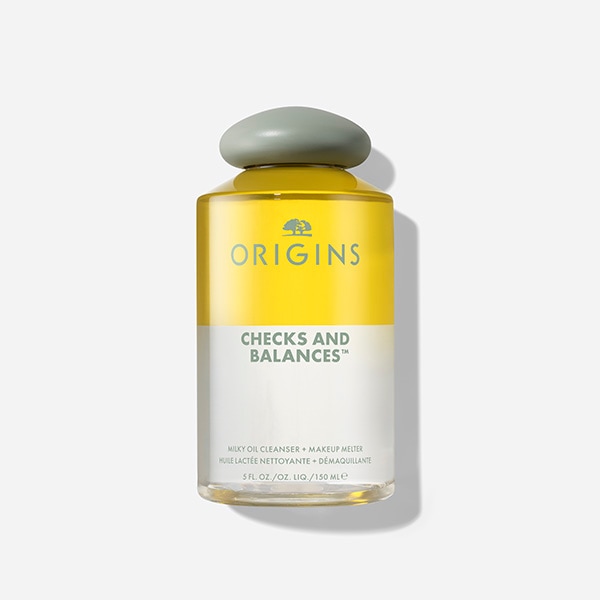

Checks and Balances™ Milky Oil Cleanser + Makeup Melter
Benefit: Cleanse, Double Cleanse, Remove Makeup, Dissolve Longwear Makeup
CA $45.00
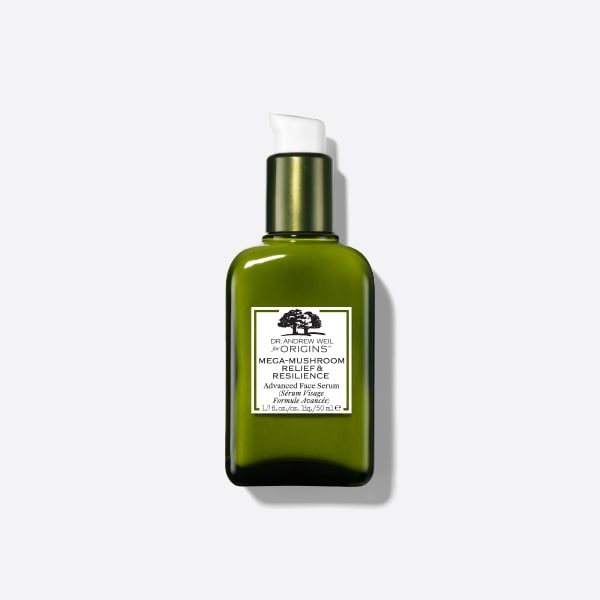
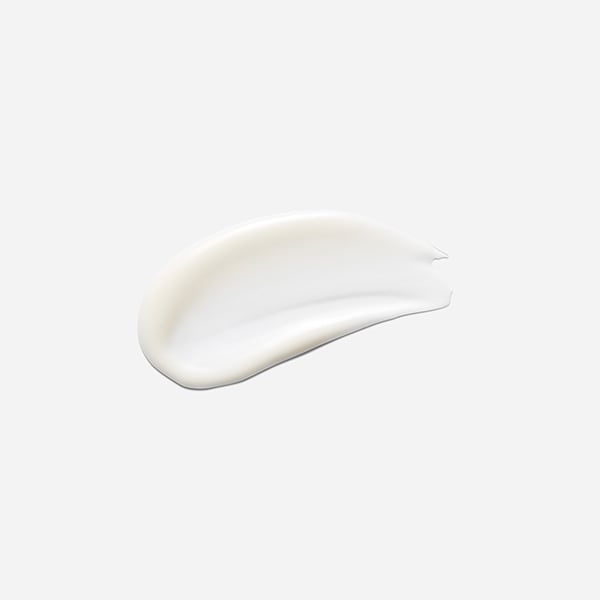
Dr. Andrew Weil for Origins™ Mega-Mushroom Relief & Resilience Advanced Face Serum
Benefit: Visible Redness Reduction, Barrier Boosting, Hydration
CA $118.00
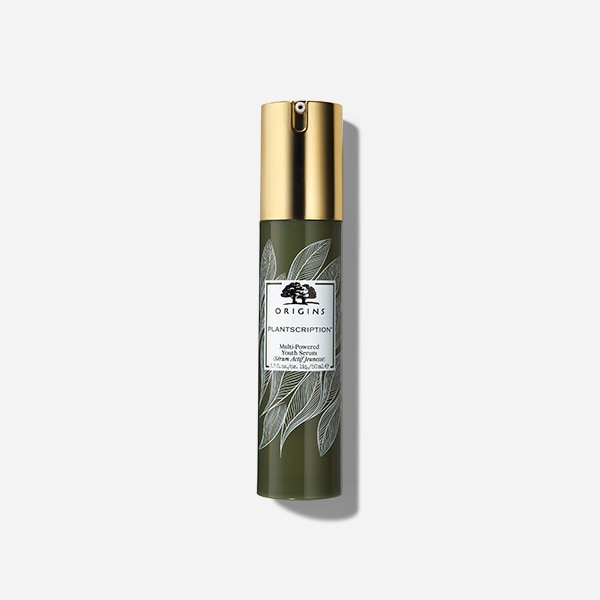

Plantscription™ Multi-Powered Youth Serum
Benefit: Firming; Visible Lifting; Minimized Appearance of Pores, Lines & Wrinkles
CA $118.00
